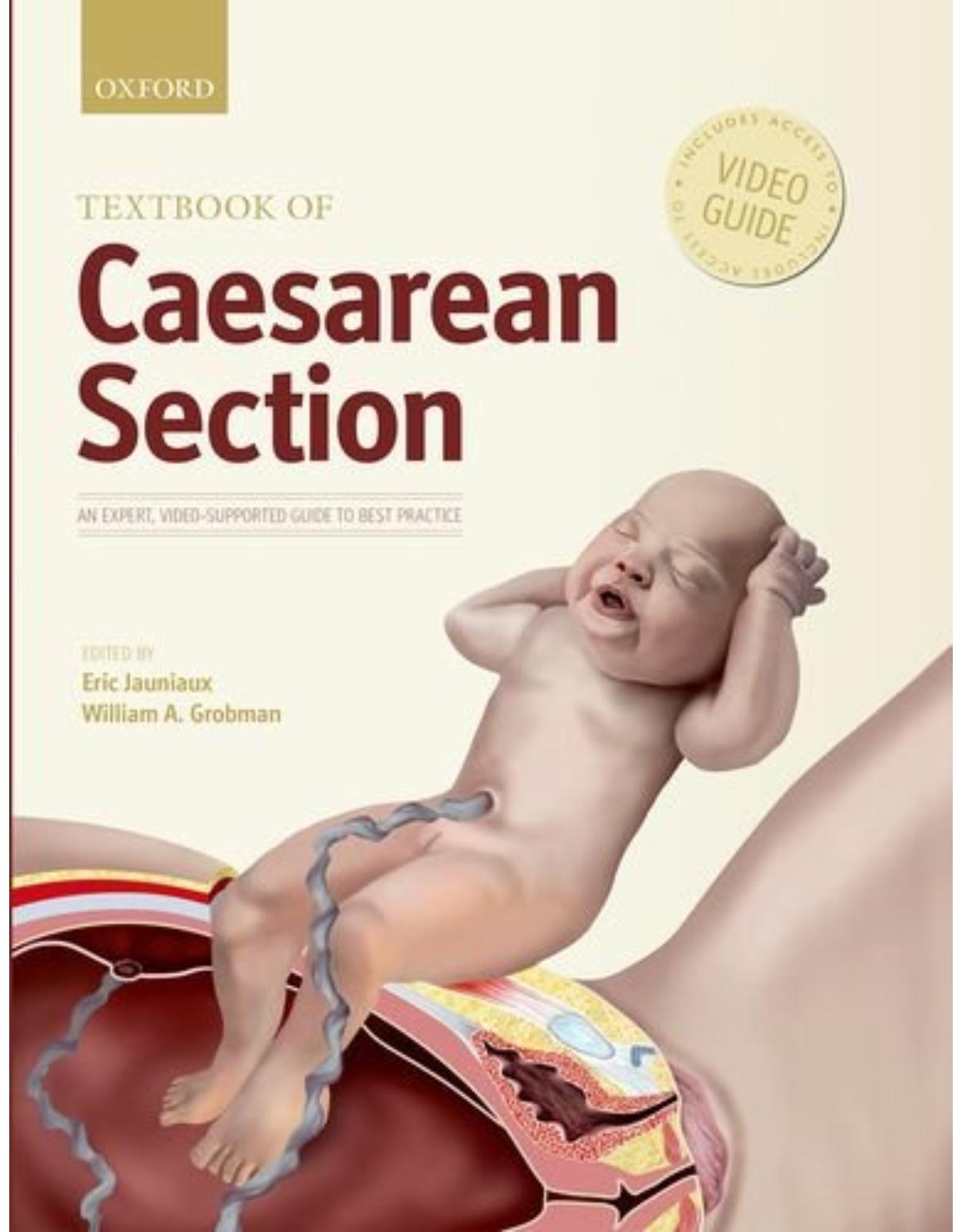
Textbook of Caesarean Section
Livrare gratis la comenzi peste 500 RON. Pentru celelalte comenzi livrarea este 20 RON.
Disponibilitate: La comanda in aproximativ 4 saptamani
Editura: Oxford
Limba: Engleza
Nr. pagini: 224
Coperta: Hardback
Dimensiuni: 246x189mm
An aparitie: 2016
Description:
Caesarean Section has become the most common major operation in the world, and with the increasing number there are many serious and long-term healthcare implications for gynaecology, general surgery, neonatology, and epigenetics. A full perspective of the procedure and its consequences is therefore essential for practitioners, residents, and trainees alike. The Textbook of Caesarean Section is the key textbook on this subject, and is an informative and practical tool for clinicians performing this procedure in all areas of the world. The accompanying professional medical videos demonstrate in clear and expert detail the two alternative procedures for caesarean section, ensuring that readers of this book gain an in-depth understanding of the techniques involved, and supporting blended learning in postgraduate education globally. Written by a distinguished team of expert contributors, this book carefully describes current best practice for caesarean section alongside key chapters on the history of caesarean section, and other important and related issues that obstetricians must be aware of, such as anaesthesia, prevention of complications of surgery, reproduction after C-section, and perinatal outcomes. The text is extensively illustrated with colour images, and fully referenced throughout, providing all the information essential for the reader to perform the optimal caesarean delivery procedures, and diagnose and manage the short- and long-term complications associated with different methods of caesarean sections.
Table of Contents:
Editorial Caesarean section: Introduction to the ‘world’s no. 1’ surgical procedure
Introduction
The rise of the modern caesarean delivery
The iatrogenic consequences of the caesarean section excesses
Training the MD for caesarean section
Training the ‘non-physician’ for caesarean section
Aim of this book
References
1. Caesarean section: From antiquity to the twenty-first century
Introduction
Origins of the caesarean section
Julius Caesar and the origin of the term ‘caesarean’
Etymology of the term ‘caesarean section’
Legendary abdominal births
Caesarean section throughout history
Caesarean section from antiquity to the fifth century
Caesarean section in the Middle Ages (from the fifth to the fourteenth century)
Caesarean section from the Renaissance to the early modern period
Caesarean section in the Age of Enlightenment
Caesarean section in the nineteenth century
Caesarean section in the twentieth century and in contemporary history
References
2. The anatomy of the female pelvis
Introduction
Incision of the skin in caesarean section
The Pfannenstiel incision
The Joel-Cohen incision
Abdominal entry in caesarean section
Entry to the peritoneal cavity
Entry to the uterine cavity in caesarean section
Blood supply to the uterus and ovaries
Arterial supply to the uterus and ovaries
Venous supply to the uterus and ovaries
Internal artery ligation
Additional anatomical features of the female pelvis
The Fallopian tubes and the ovaries
Innervation of the female pelvis
Uterine ligaments and support
The pelvic floor in females
Three-dimensional anatomy of the female pelvis
Anatomy changes of the female pelvis following delivery
Key learning points
References
3. The epidemiology of caesarean delivery
Introduction
Global trends in caesarean section rates
Caesarean section rates in developed nations
Caesarean section rates in developing nations
Causes underlying the differences in caesarean section rates between developed and developing nations
Indications for caesarean section
Risk factors for caesarean section
Prior caesarean section
Maternal demographics
Maternal medical co-morbidities
Fetal characteristics
Non-reassuring fetal heart rate
Prevention of caesarean section
Key learning points
References
4. The modern caesarean section
Introduction
Preparation for caesarean section
Clinical assessment prior to caesarean section
Blood tests prior to caesarean section
Preoperative preparation for caesarean section
Abdominal/pelvic entry for caesarean section
Opening the uterus in caesarean section, and delivery
Closure techniques for caesarean section
Further discussion of techniques used in caesarean section
Uterine exteriorization during caesarean section
Closure of the uterus and the peritoneum during caesarean section
Preventing adhesions following caesarean section
Subcutaneous and skin closure following caesarean section
No use or immediate versus delayed removal of urinary catheter for caesarean section
Delayed cord clamping following caesarean section
High-risk caesarean deliveries
Caesarean section at full dilatation
Multiple repeat caesarean deliveries
Caesarean section for placenta praevia (non-accreta)
Caesarean section and obesity/high BMI
Key learning points
References
5. The Misgav Ladach caesarean section
Introduction
Abdominal/pelvic entry in the Misgav Ladach caesarean section
Opening the uterus during a Misgav Ladach caesarean section, delivery, and closure
Further discussion of techniques used in the Misgav Ladach caesarean section
Key learning points
References
6. Complex caesarean deliveries
Introduction
Caesarean section in well-resourced settings
Risks of caesarean section at complete dilatation with absolute dystocia
Uterine rupture
Morbid obesity
Uterine leiomyomas
Pelvic adhesive disease
Abnormal fetal lie/unengaged fetus
Unengaged fetal head
Transverse back down lie
Perimortem caesarean delivery
Management of morbid attachment of the placenta (MAP)
Surgical preparation for antenatal recognition of MAP
Intraoperative recognition of MAP
Operative technique for MAP
Special considerations in placenta percreta
Post-operative care
Retroperitoneal haemorrhage during caesarean delivery
Caesarean section in low-resource settings
Caesarean delivery after obstructed labour
Caesarean delivery in obese women
Myomectomy at the time of caesarean delivery
Key learning points
References
7. Anaesthesia for caesarean section
Introduction
Anaesthesia providers and standards
Anaesthetic training
Standards for providing safe anaesthesia
Technical considerations for anaesthesia during caesarean section
Pregnancy-related physiological changes pertinent for anaesthesia
Choice of anaesthesia for caesarean section
Regional anaesthesia (neuraxial techniques) for caesarean section
Spinal anaesthesia for caesarean section
Epidural anaesthesia for caesarean section
Combined spinal–epidural anaesthesia for caesarean section
Complications and side effects of regional anaesthesia
Hypotension
High block/total spinal block
Inadequate block/failed spinal block
Post-dural-puncture headache
Neurological complications after neuraxial anaesthesia
Other common side effects of regional anaesthesia
Local anaesthetic infiltration
General anaesthesia for caesarean section
Failed intubation
Intravenous ketamine for caesarean section
Anaesthesia for pre-eclampsia
Analgesia in the post-operative period following caesarean section
Key learning points
References
8. Prevention and management of post-operative caesarean section complications
Introduction
Haemorrhage following caesarean section
Diagnosis of post-partum haemorrhage
The pharmacological approach to treating post-partum haemorrhage
Intrauterine balloon in the treatment of post-partum haemorrhage
Uterine compression sutures in the treatment of post-partum haemorrhage
Uterine compression sutures in combination with an intrauterine balloon in the treatment of post-partum haemorrhage
Uterine artery ligation in the treatment of post-partum haemorrhage
Internal iliac ligation in the treatment of post-partum haemorrhage
Caesarean hysterectomy in the treatment of post-partum haemorrhage
Arterial embolization in the treatment of post-partum haemorrhage
Sepsis following caesarean section
Wound infections and haematomas
Endometritis following caesarean section
Thromboprophylaxis following caesarean section
Bladder injury following caesarean section
Blood transfusion during caesarean section
Key learning points
References
9. Long-term complications after caesarean section
Introduction
Uterine complications after caesarean section
Early pregnancy failure after caesarean section
Placenta praevia and placenta abruptio after caesarean section
Placenta accreta after caesarean section
Pathophysiology of placenta accreta
Epidemiology of placenta accreta
Clinical symptoms of placenta accreta
Antenatal diagnosis of placenta accreta
Caesarean scar defect
Non-uterine complications following caesarean section
Ectopic pregnancies following caesarean section
Secondary infertility following caesarean section
Endometriosis following caesarean section
Key learning points
References
10. Perinatal outcome of neonates born by caesarean section
Introduction
Effect of mode of delivery on neonatal outcomes
Caesarean delivery of term infants with cephalic presentation
Caesarean delivery of term infants with breech presentation
Term infants delivered following repeat caesarean section
Gestational age of term infants for caesarean delivery
Caesarean delivery of preterm and low-birth-weight infants
Caesarean section for extreme preterm delivery
Caesarean delivery of infants of multiple pregnancies
Neonatal respiratory morbidity following caesarean section
Respiratory extrauterine adaptation following caesarean section
Transient tachypnoea of the newborn following caesarean section
Respiratory distress syndrome following caesarean section
Pneumothorax following caesarean section
Antenatal steroids in caesarean delivery
Early care of the newborn following caesarean delivery
Neonatal resuscitation following caesarean delivery
Delayed cord clamping following caesarean delivery
Skin-to-skin contact, thermal support, and feeding of newborns following caesarean delivery
Long-term outcomes associated with caesarean section
Respiratory outcomes associated with caesarean section
Immune system outcomes associated with caesarean section
Neurodevelopmental outcomes associated with caesarean section
Other conditions (malignancies, dentition, metabolic syndrome) and caesarean section
Key learning points
References
11. Trial of labour after caesarean
Introduction
Risks of TOLAC
Maternal morbidity in TOLAC
Haemorrhage in TOLAC
Infection in TOLAC
Operative Injury in TOLAC
Uterine rupture or dehiscence in TOLAC
Hysterectomy in TOLAC
Maternal Death in TOLAC
Neonatal morbidity in TOLAC
Apgar scores in newborns following delivery by TOLAC
NICU admission following delivery by TOLAC
HIE in newborns following delivery by TOLAC
Perinatal death following delivery by TOLAC
Maternal and neonatal risks in subsequent pregnancies after TOLAC
Predictors of VBAC
Demographic characteristics and VBAC
Factors from the medical history associated with VBAC
Factors related to the current pregnancy associated with VBAC
Predictors of success models for VBAC
Uterine rupture in TOLAC
Demographic factors associated with uterine rupture in TOLAC
Surgical factors associated with uterine rupture in TOLAC
Current pregnancy factors associated with uterine rupture in TOLAC
Predictors of uterine rupture models in TOLAC
Signs and symptoms of uterine rupture
Antenatal management of uterine rupture in TOLAC
Intrapartum management of uterine rupture in TOLAC
Second-trimester TOLAC
Intrauterine fetal demise and TOLAC
Key learning points
References
12. Caesarean delivery and human evolution
Introduction
Caesarean section and EQ
Mode of delivery, and evolution of the EQ
Caesarean delivery and the microbiome
Perinatal transfer of the maternal microbiota
Microbiome and the newborn immune system
Vertical transmission of the microbiome
Pro/prebiotic effects
Caesarean section and the materno-fetal endocrinology system
Oxytocin and pregnancy
Oxytocin and birth
Other emerging issues associated with caesarean delivery
Key learning points
References
13. Caesarean section: A global perspective
Introduction
The global view of caesarean section
The necessity for caesarean section
The ease and safety of caesarean section
Training in caesarean section
Development of caesarean section support services
References
Index
ebookshop
| An aparitie | 2016 |
| Autor | Eric Jauniaux and William Grobman |
| Dimensiuni | 246x189mm |
| Editura | Oxford |
| Format | Hardback |
| ISBN | 9780198758563 |
| Limba | Engleza |
| Nr pag | 224 |

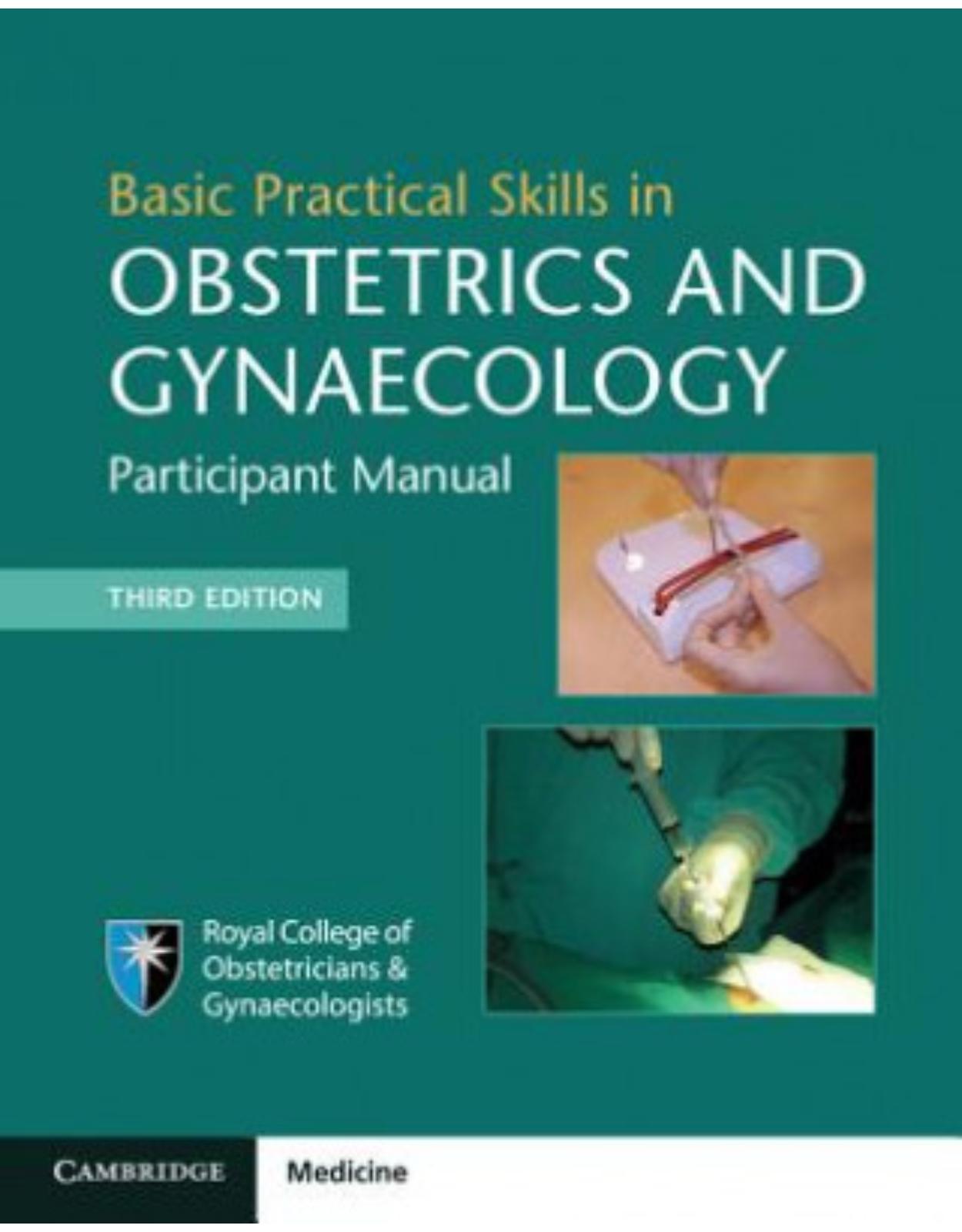
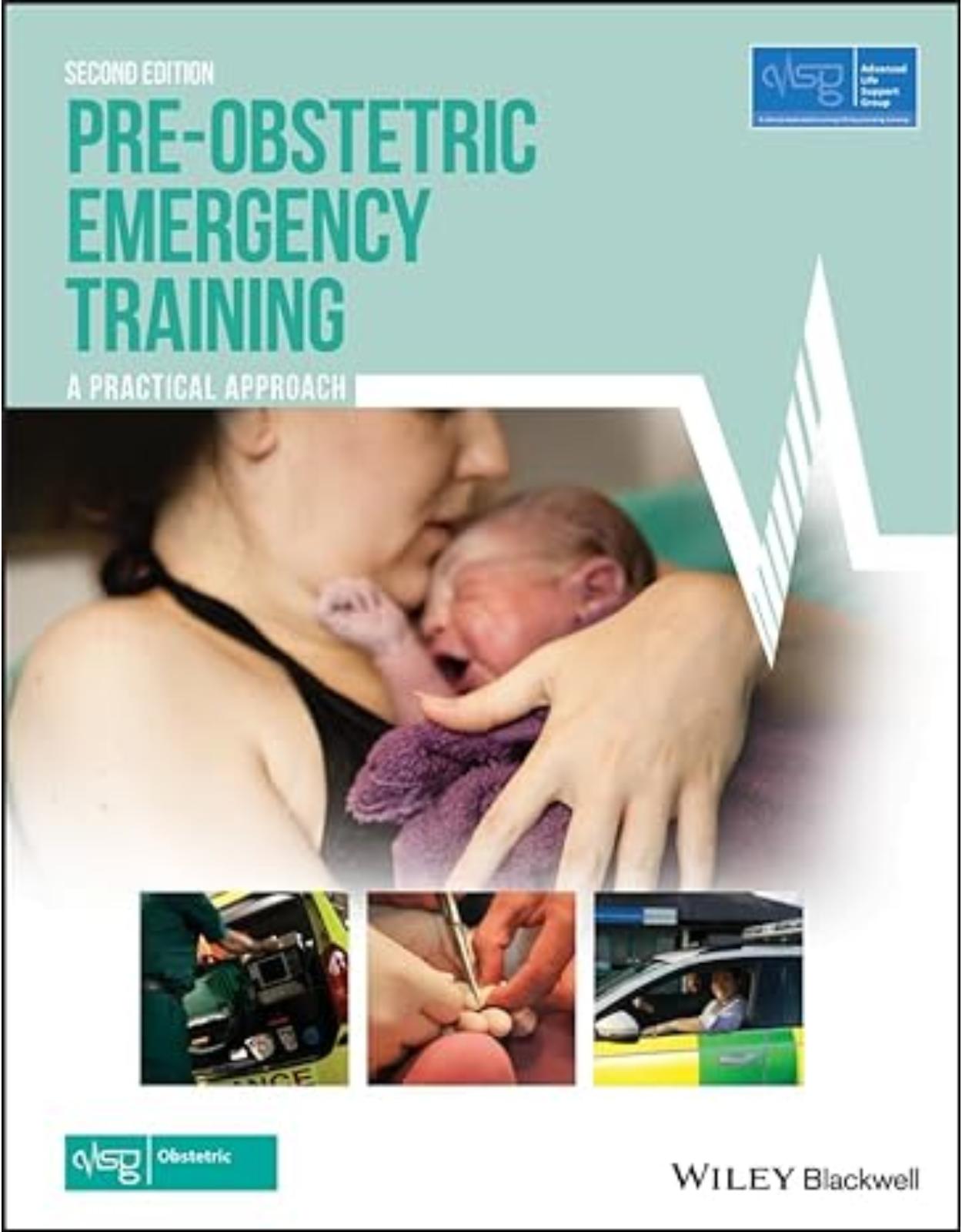
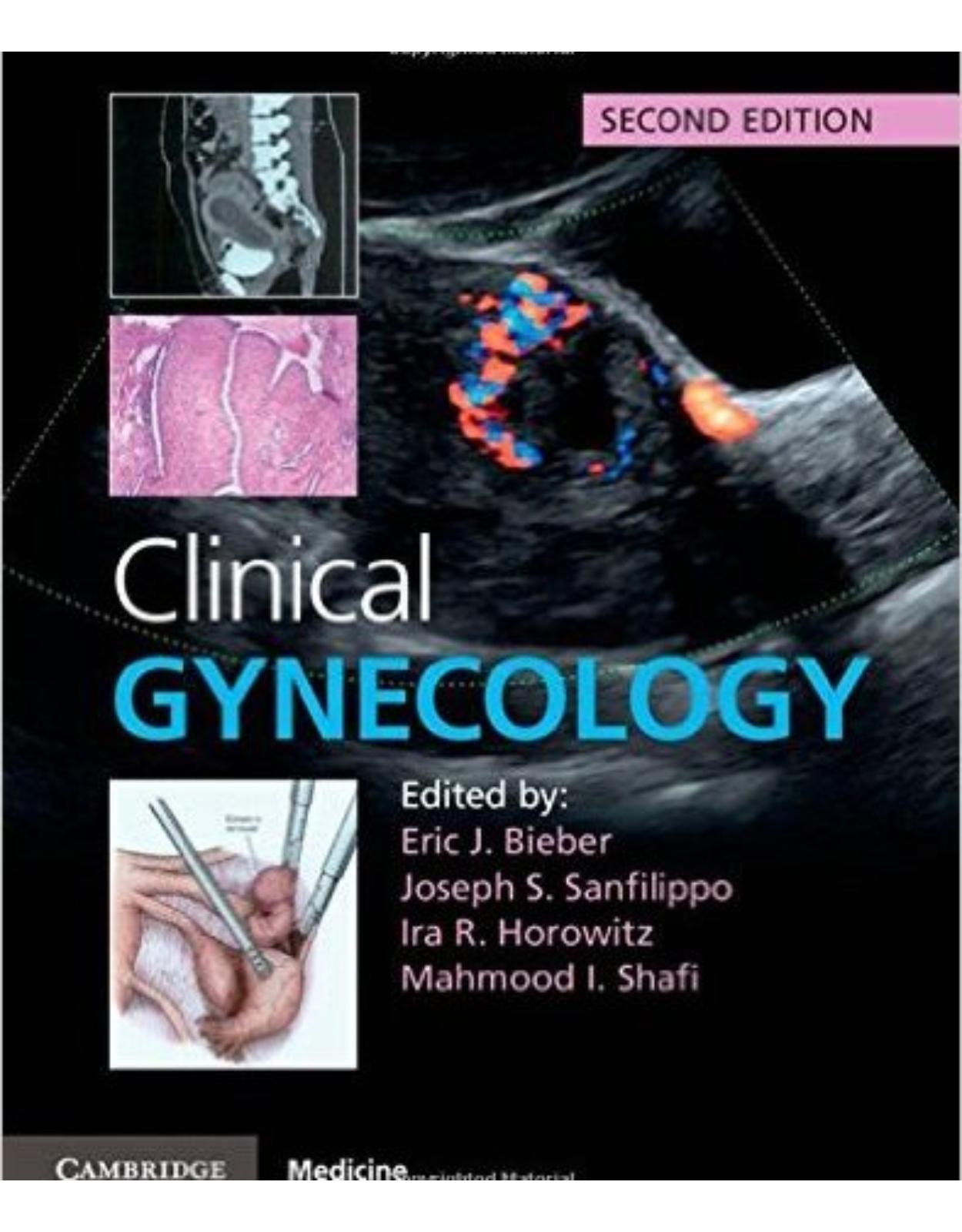
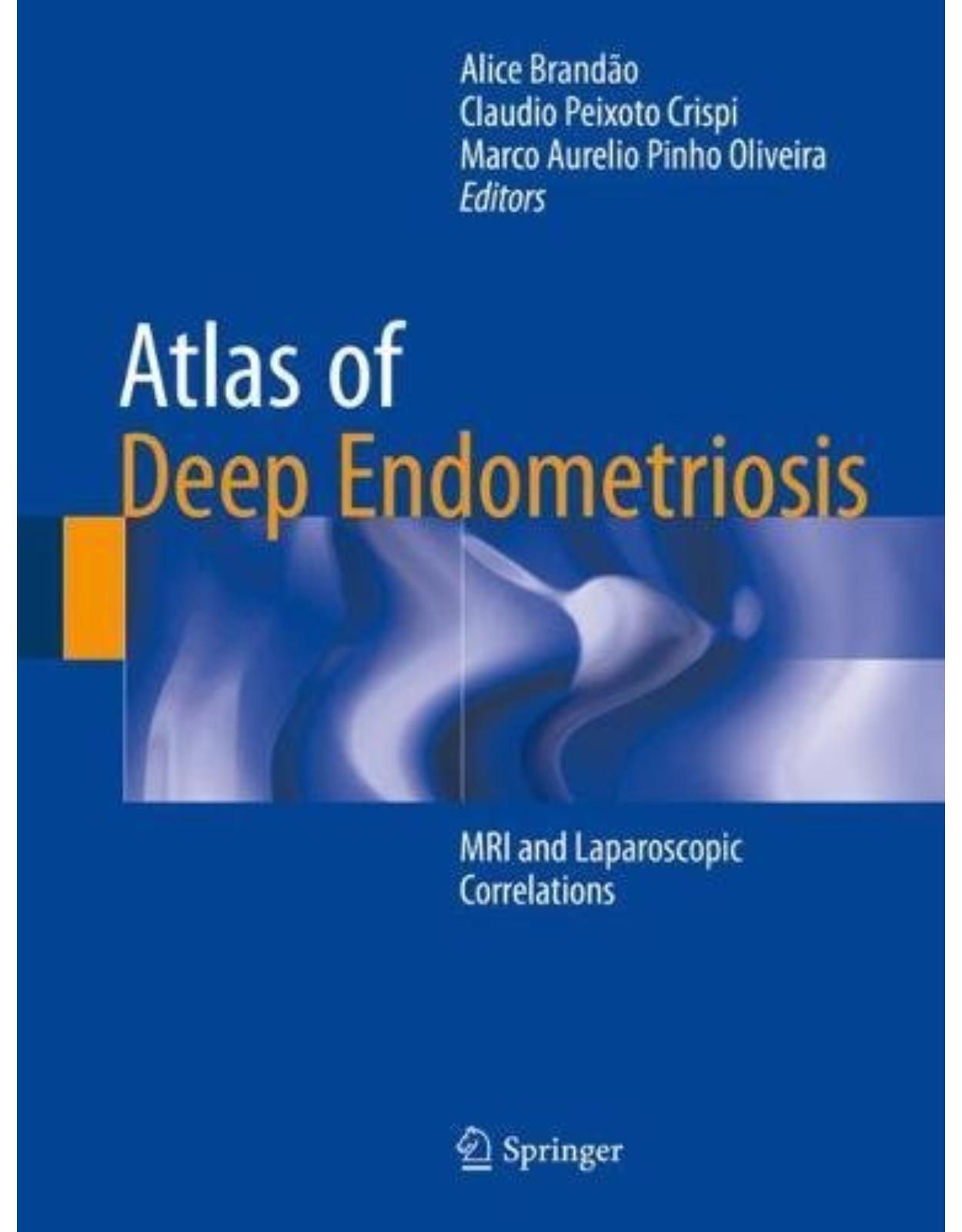
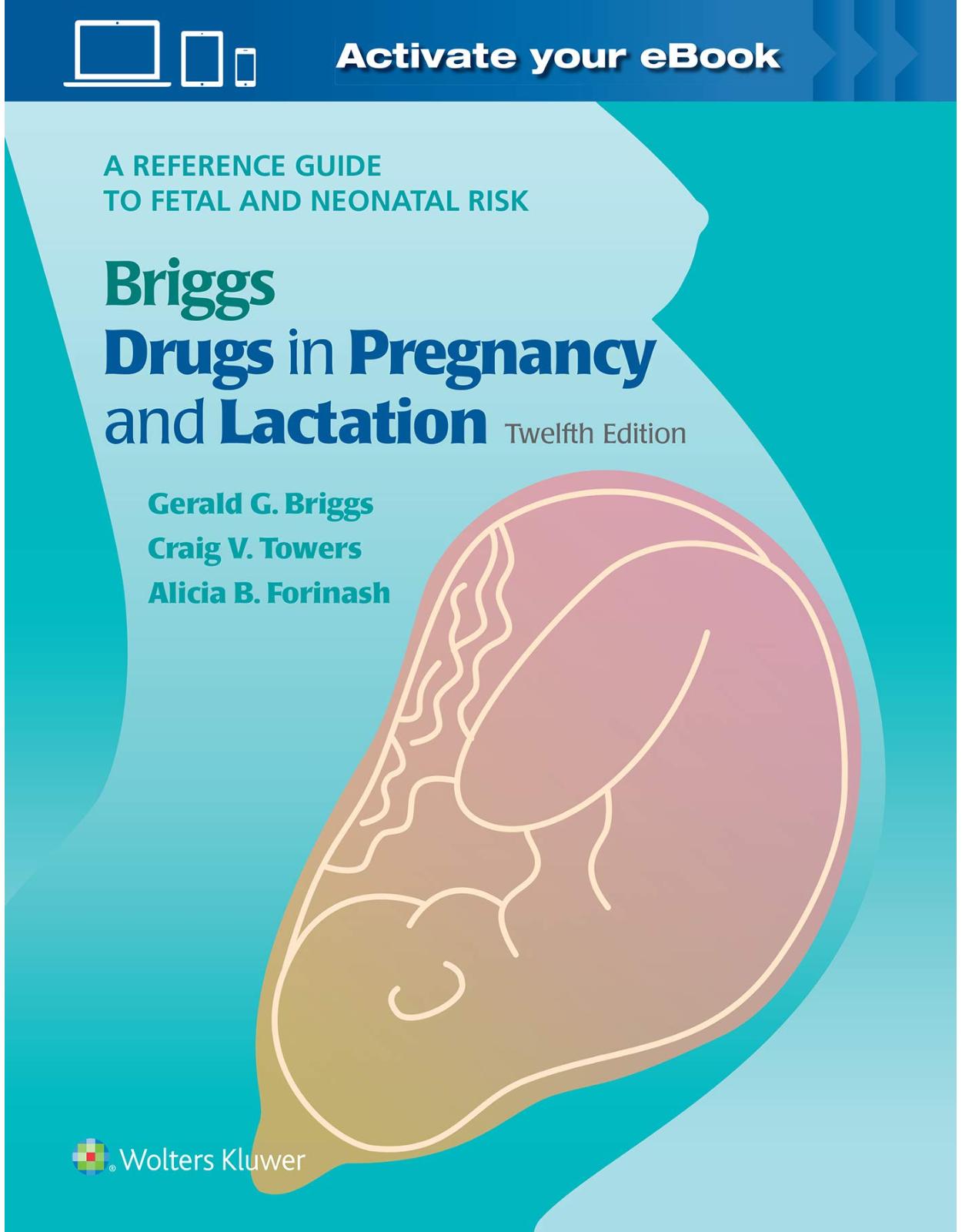
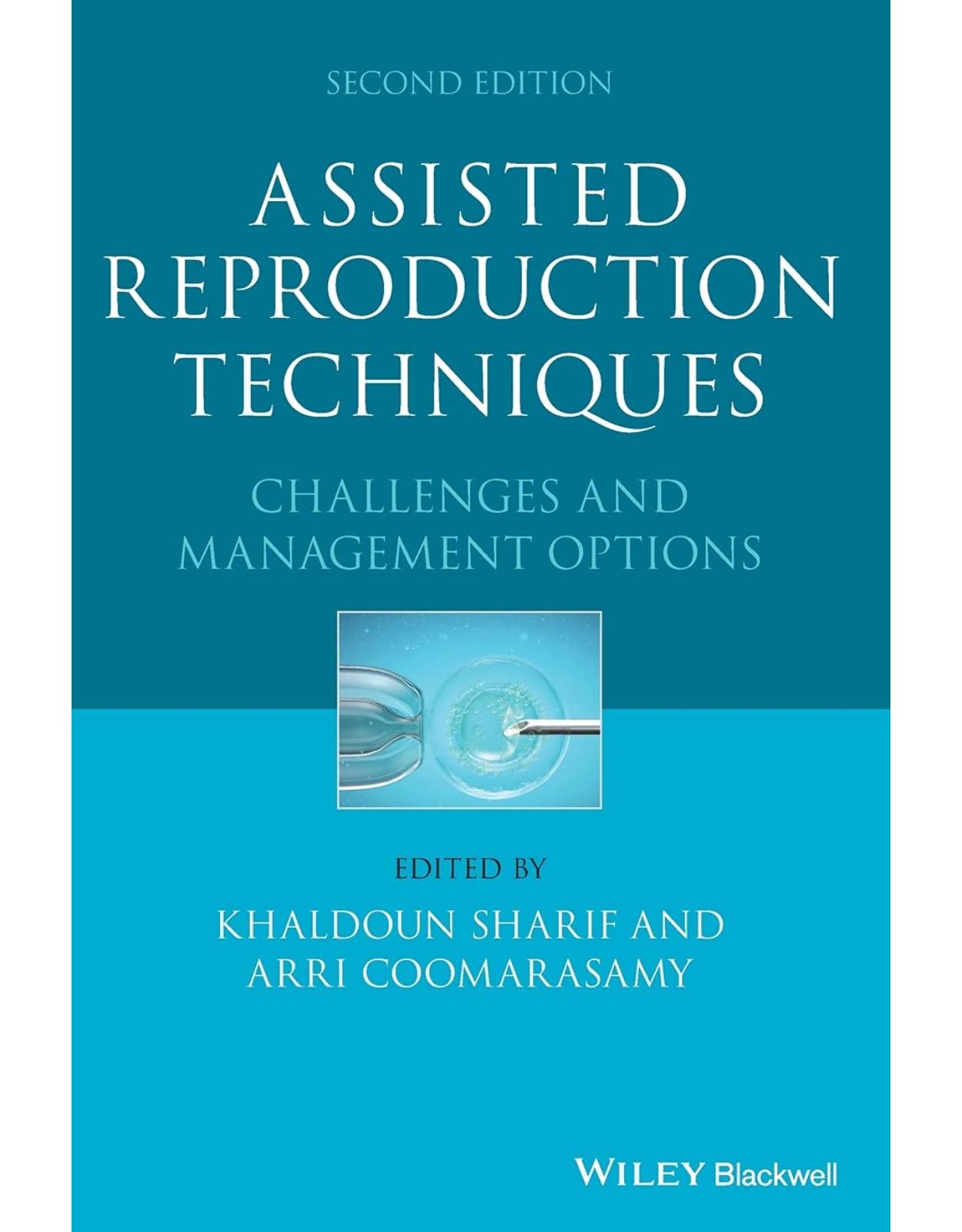
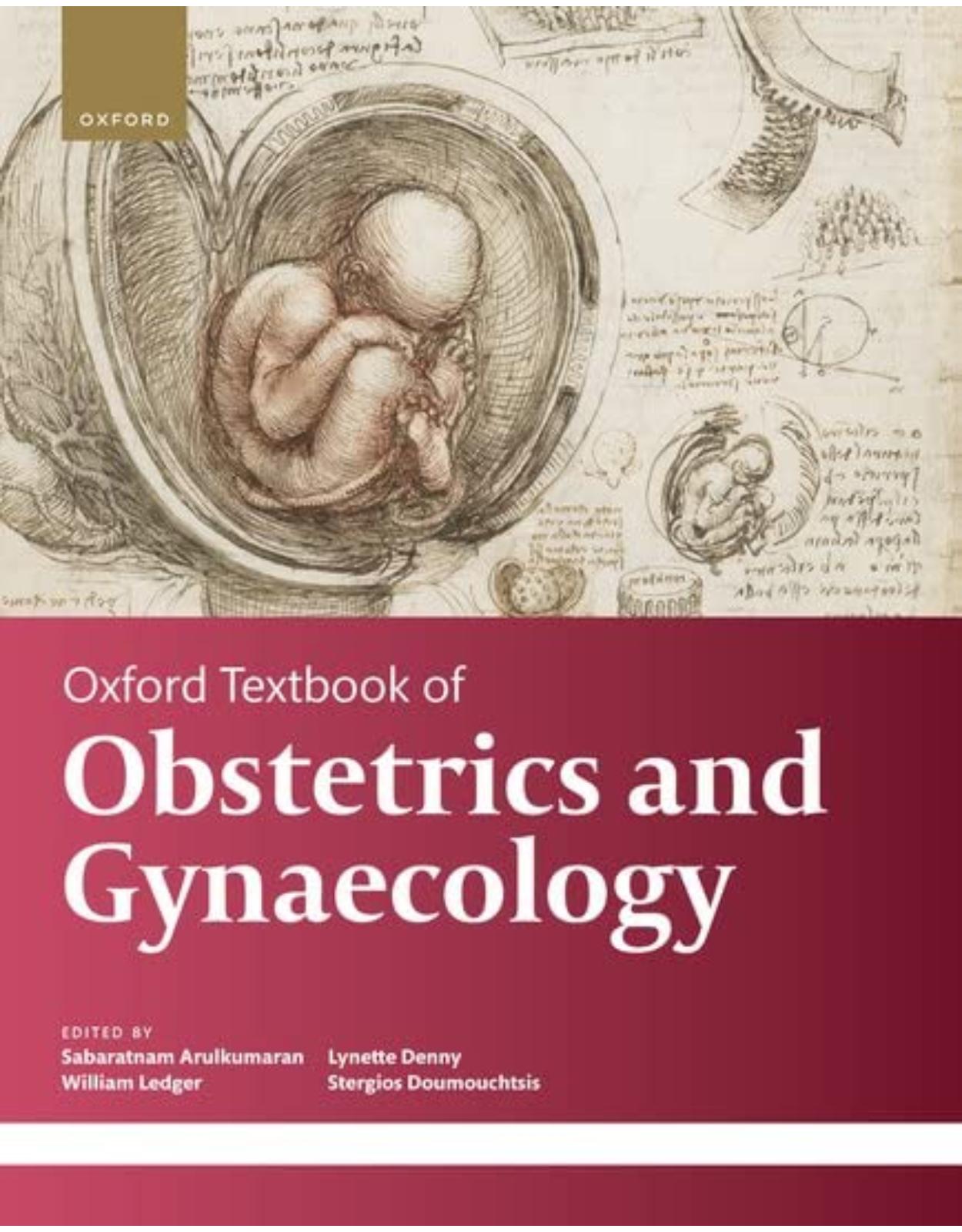
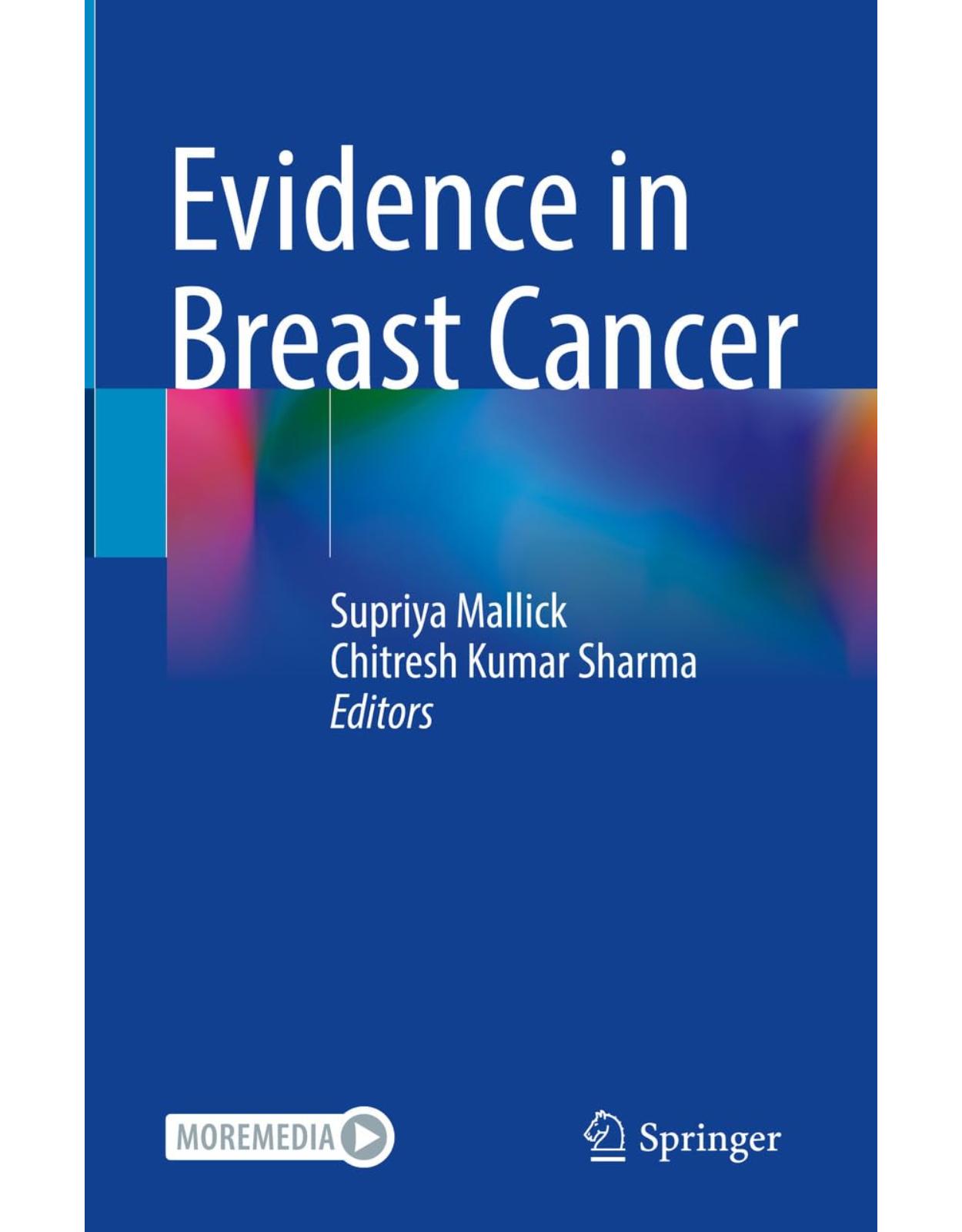
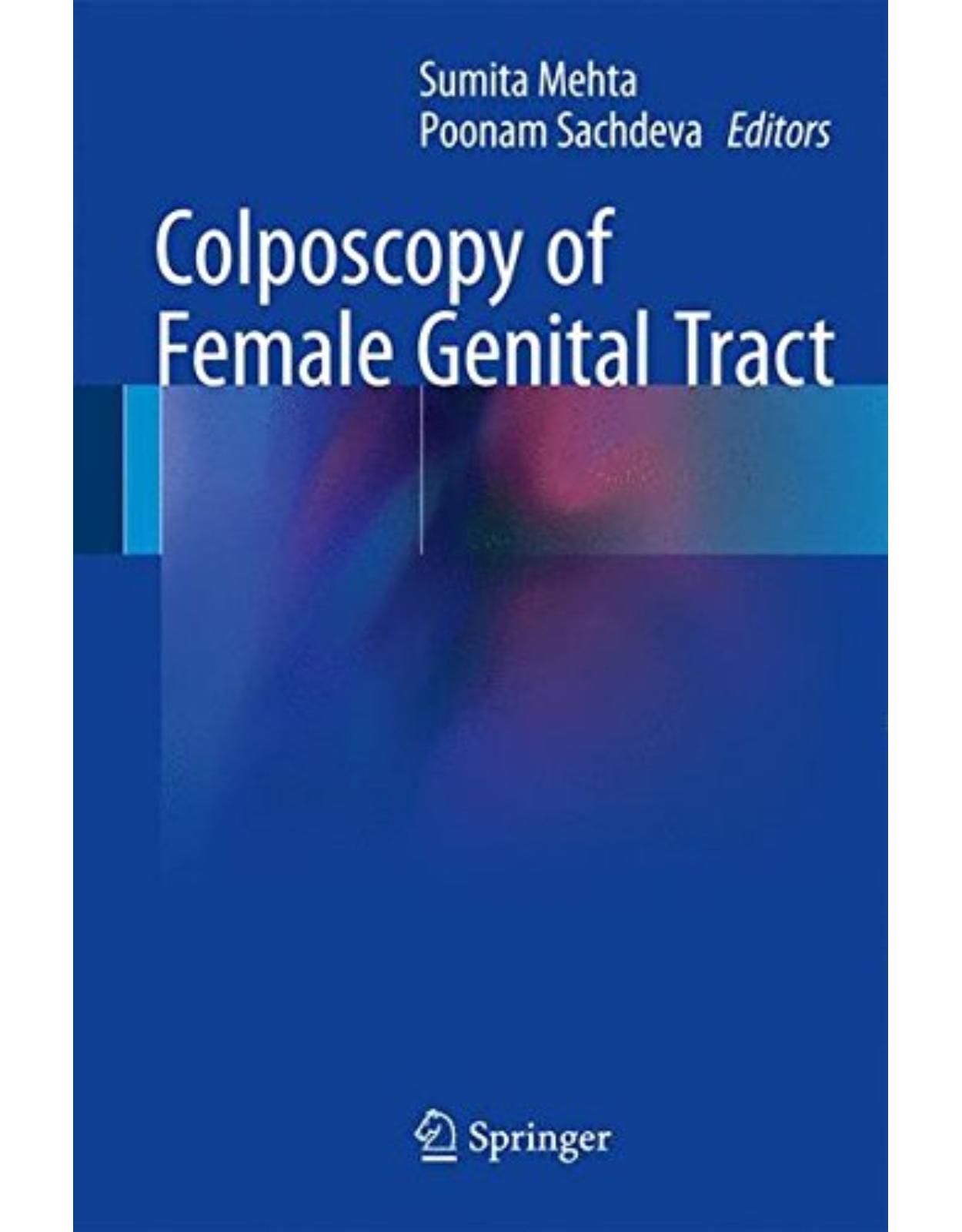
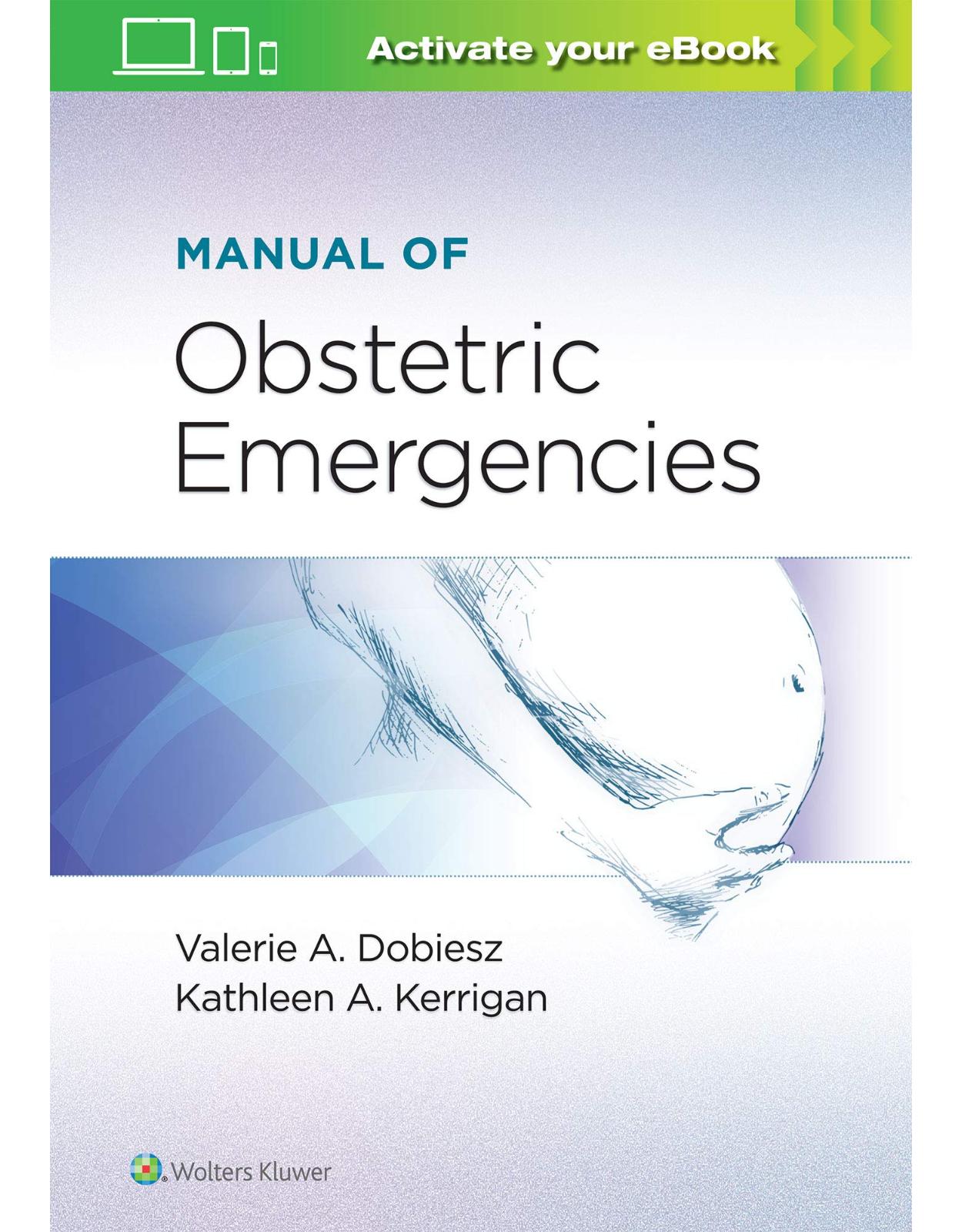
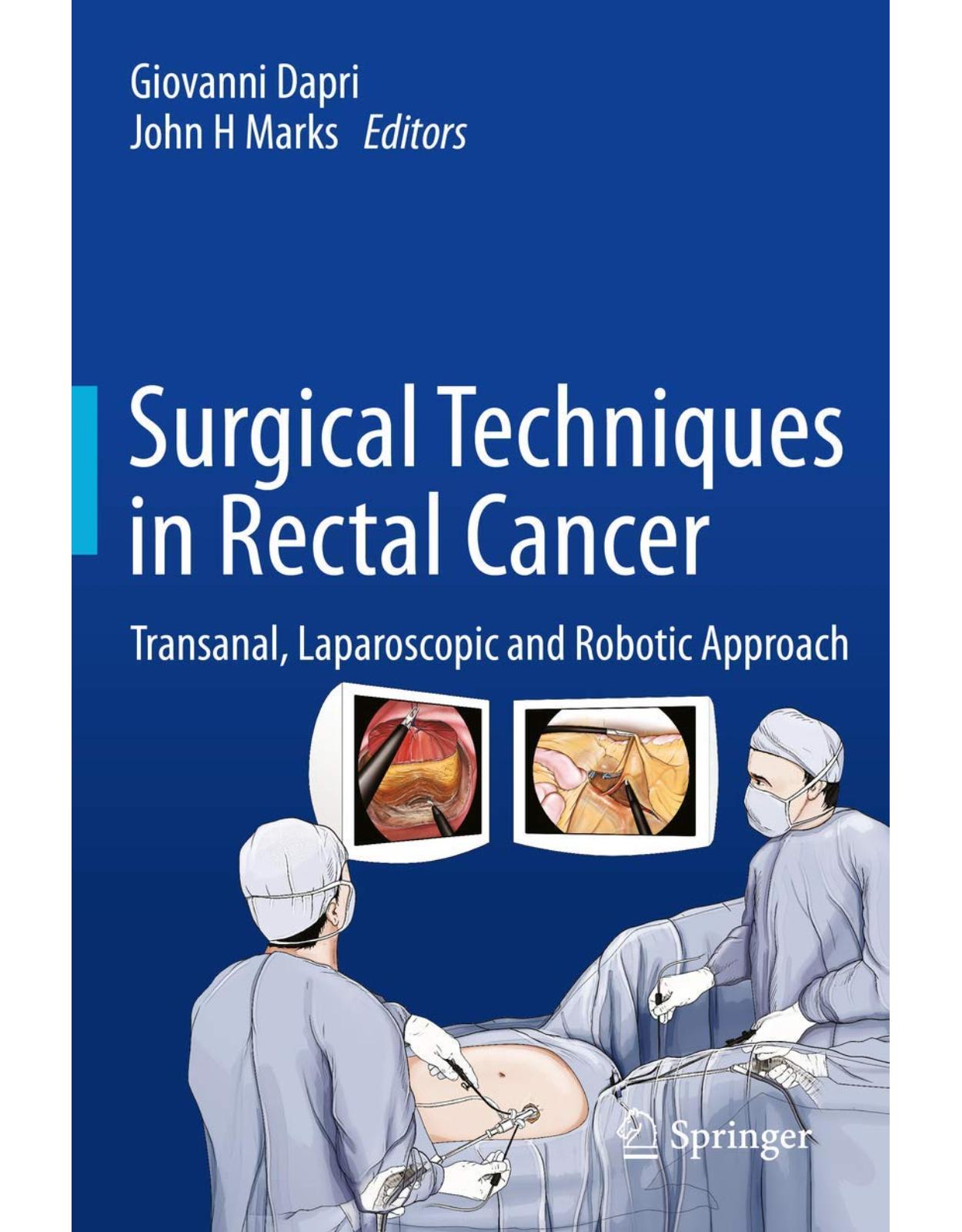

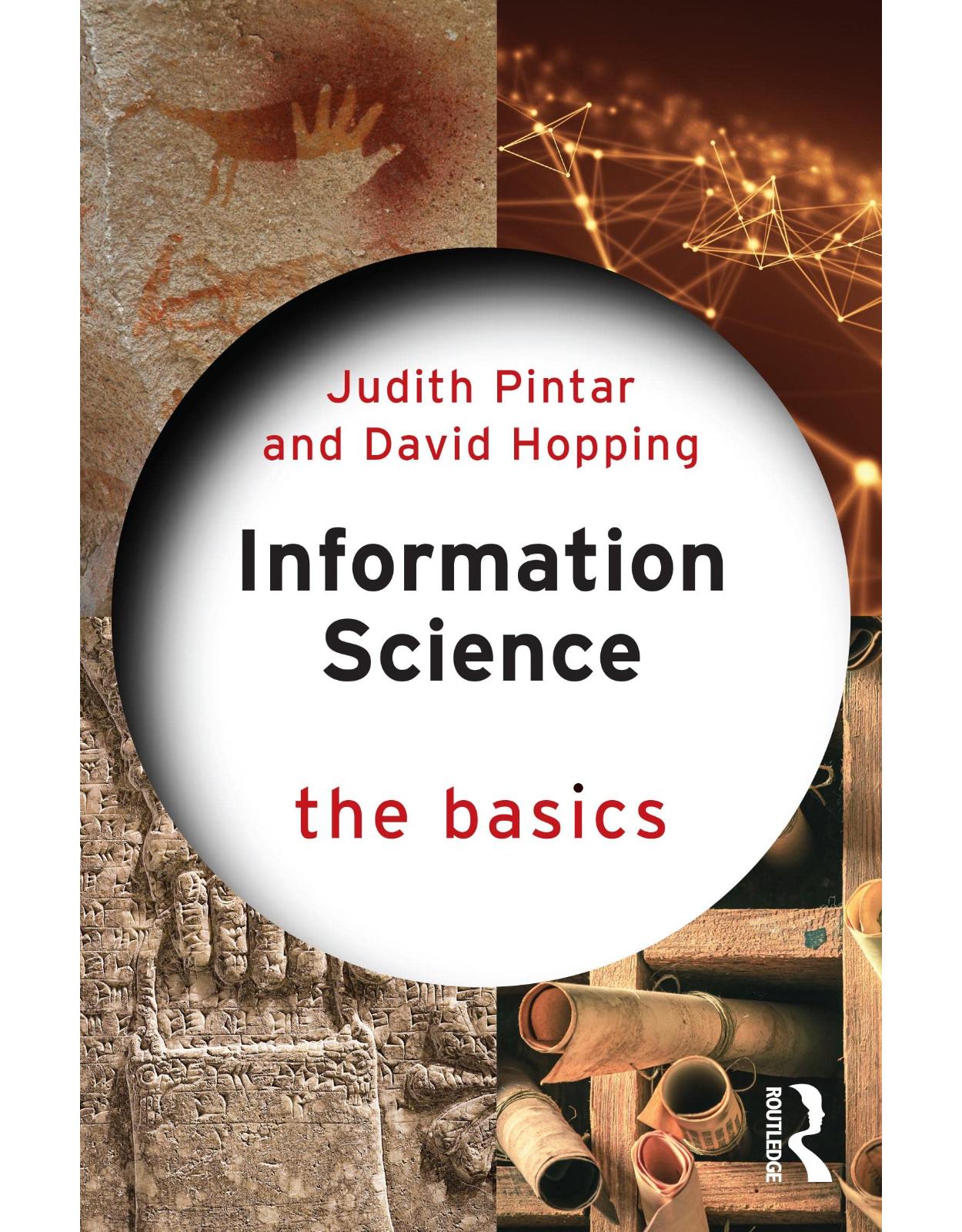
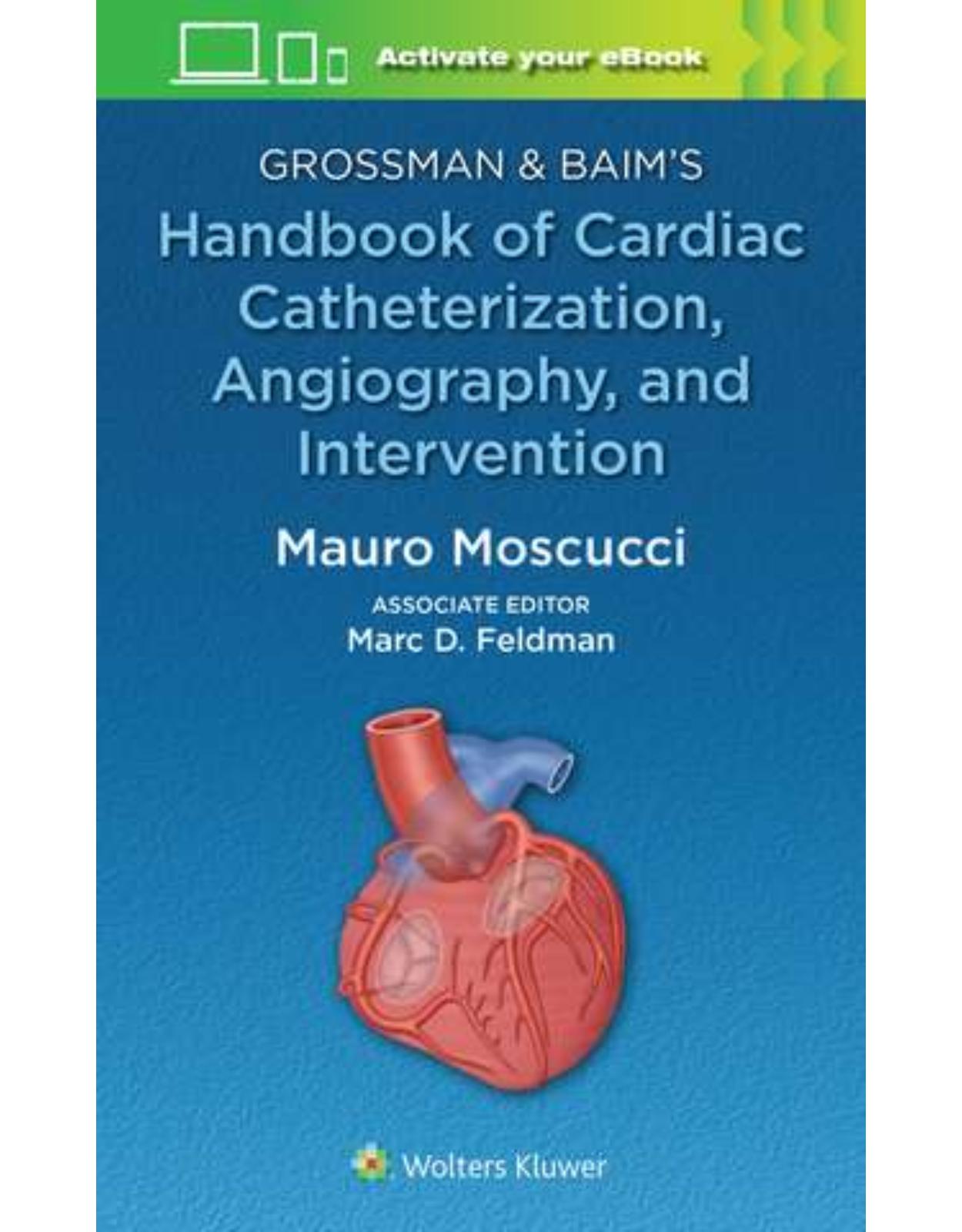
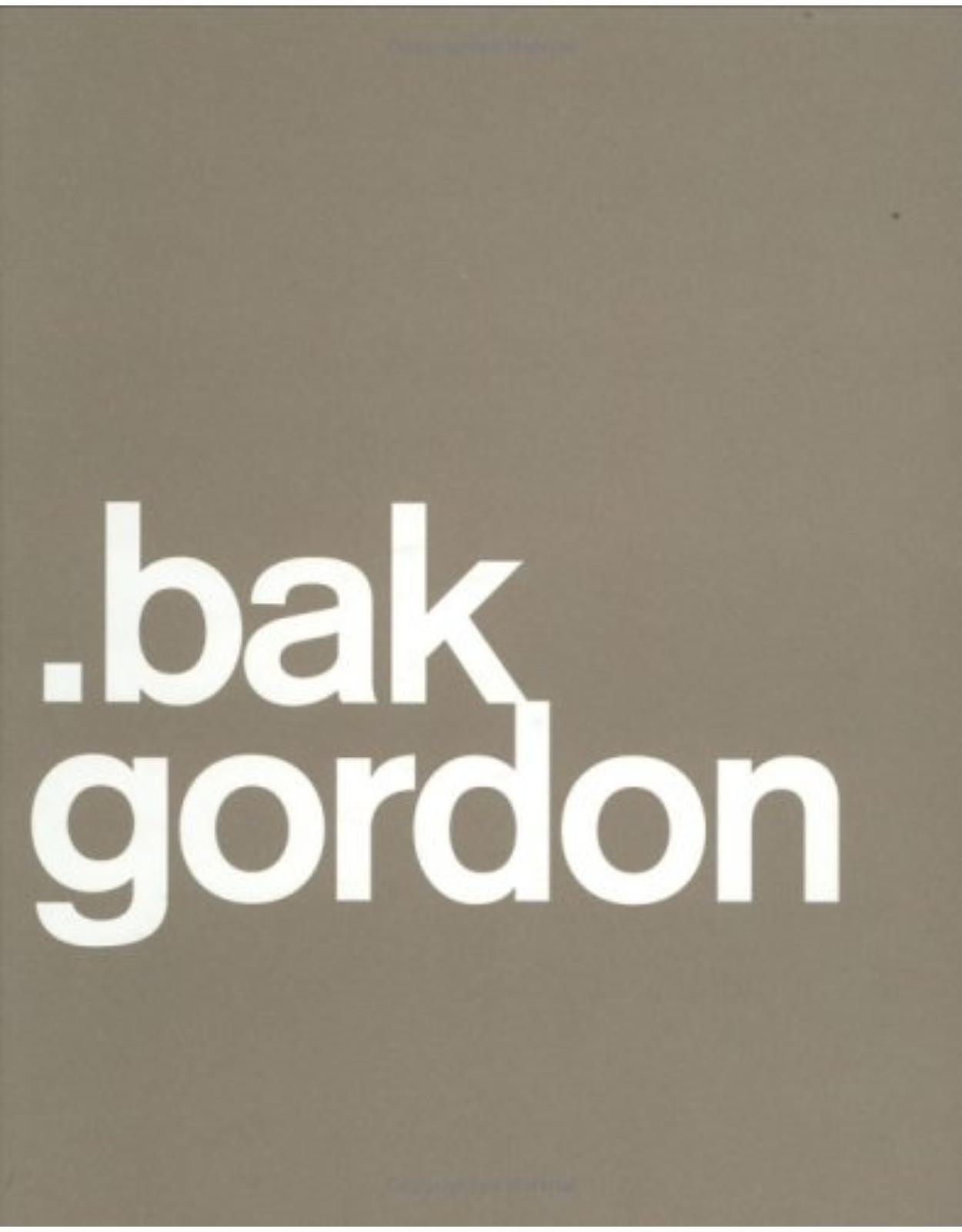


Clientii ebookshop.ro nu au adaugat inca opinii pentru acest produs. Fii primul care adauga o parere, folosind formularul de mai jos.